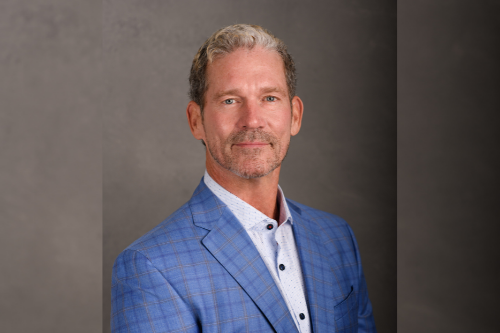

CrossCover Insurance Services, a new managing general underwriter (MGU) based in Houston, is entering the excess surplus and property market, partnering with Orchid Underwriters Agency, LLC (Orchid Insurance), one of the largest independent MGUs of specialty insurance products for homeowners and businesses throughout the United States.
The partnership will provide CrossCover with in-house modeling capabilities and licensing to complement its own underwriting systems while enabling Orchid to increase its presence in commercial property markets.
“The combination of our two companies offers greater diversity while strengthening our capabilities,” Scott Hanson (pictured), founder and president of CrossCover, told Insurance Business. “I expect fresh ideas to come from this partnership.”
CrossCover intends to leverage its catastrophe (CAT) capacity and apply engineering and technical underwriting to write a predominantly non-CAT portfolio spread around the country. Through a panel of A.M Best rated carriers and reinsurers, CrossCover offers limits up to $50,000,000 per location on target accounts.
“We are fortunate to have two of the best technical underwriters and leaders in the E&S market who previously managed more than $800 million annual premium and integrated a remarkable systems architect,” said Hanson.
Hanson has a wealth of experience as a chief property executive, working previously with GE Insurance, Aspen Specialty, and AmRisc. He noted that underwriting property today has become too CAT-driven and model-dependent and he hopes to create more balance in the marketplace.
“MGUs continue to focus on writing high-margin Tier 1 business while some standard markets have pulled out of occupancy classes or regions across the country due to poor results. CrossCover can bring a different perspective to the middle-market space by leveraging CAT capacity to fill the void left by the standard markets,” said Hanson.
Hanson explained that Tier 1 CAT pricing models are good portfolio tools that can be helpful on an account basis, but they are not the definitive answer. The real differentiator is an in-depth understanding of the risk that is often lacking today.
“Reinsurance pricing continues to be severe, especially for those carriers deemed to be CAT-driven,” he said. “CrossCover aims to lower reinsurance costs and reduce volatility to CAT events by creating a more diverse, geographically robust portfolio.”
The property market is also facing challenges with claims; estimating CAT losses has become more difficult due to arbitration conditions and an increase in the use of public adjusters, which has extended the length and severity of property claims.
Unmodeled or unforeseen perils, such as the California wildfires, Uri freeze and civil unrest, will be an ongoing issue for the industry.
Hanson said that a possible reaction to this uncertainty may be to apply a premium surcharge to standard P&C coverages to pay for unexpected losses until sufficient actuarial data is available.
With the ongoing public debate on global warming, Hanson anticipates that the insurance industry will struggle with unmodeled perils for the foreseeable future.
“We are currently known for property, but going forward we will identify other lines of business that are inefficient and hire experts to challenge the status quo,” said Hanson.
